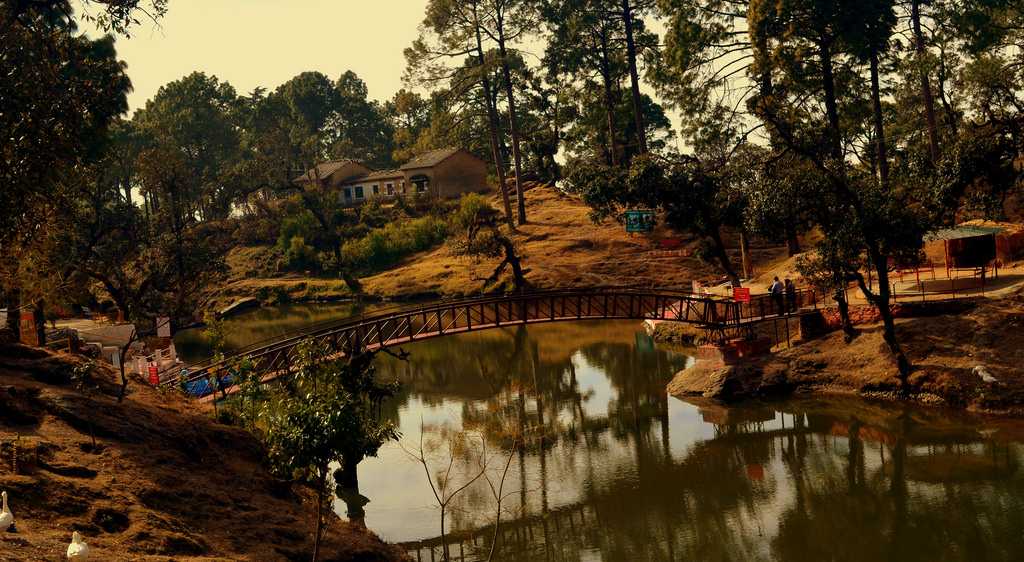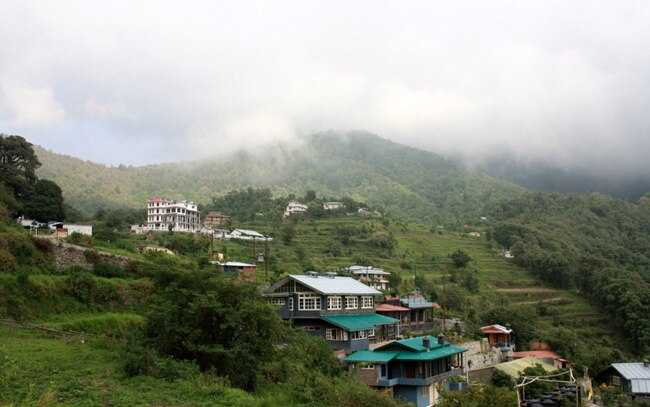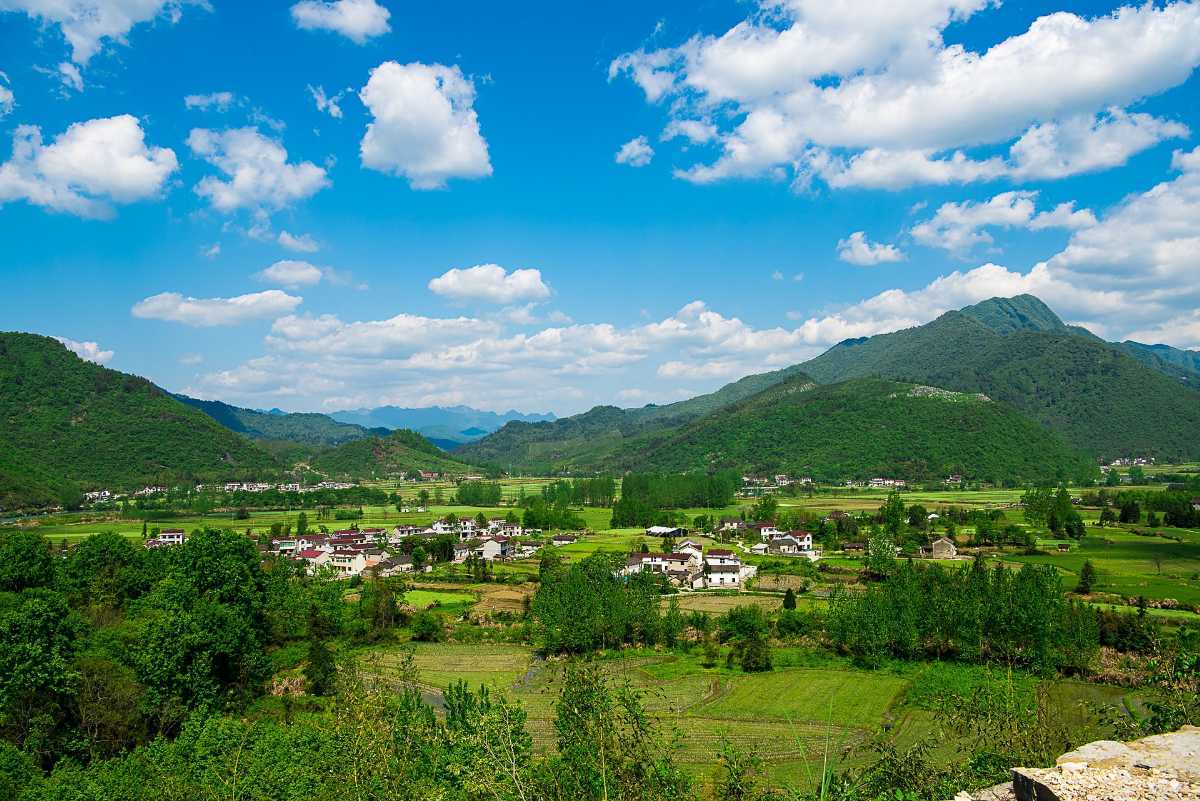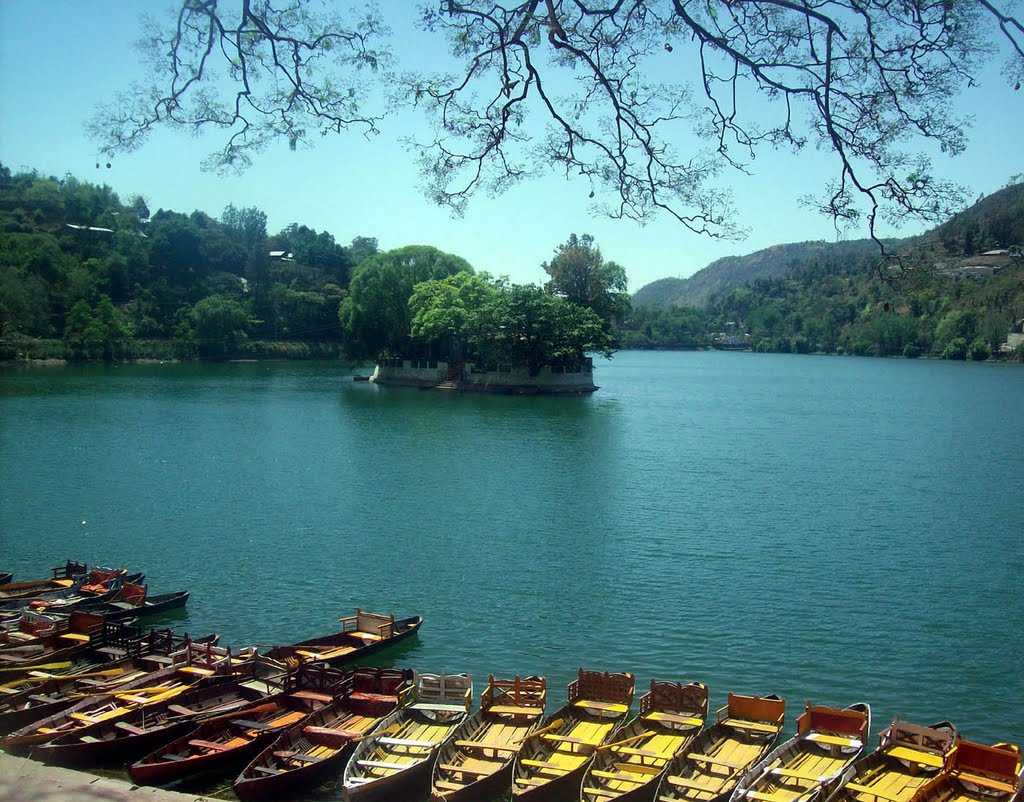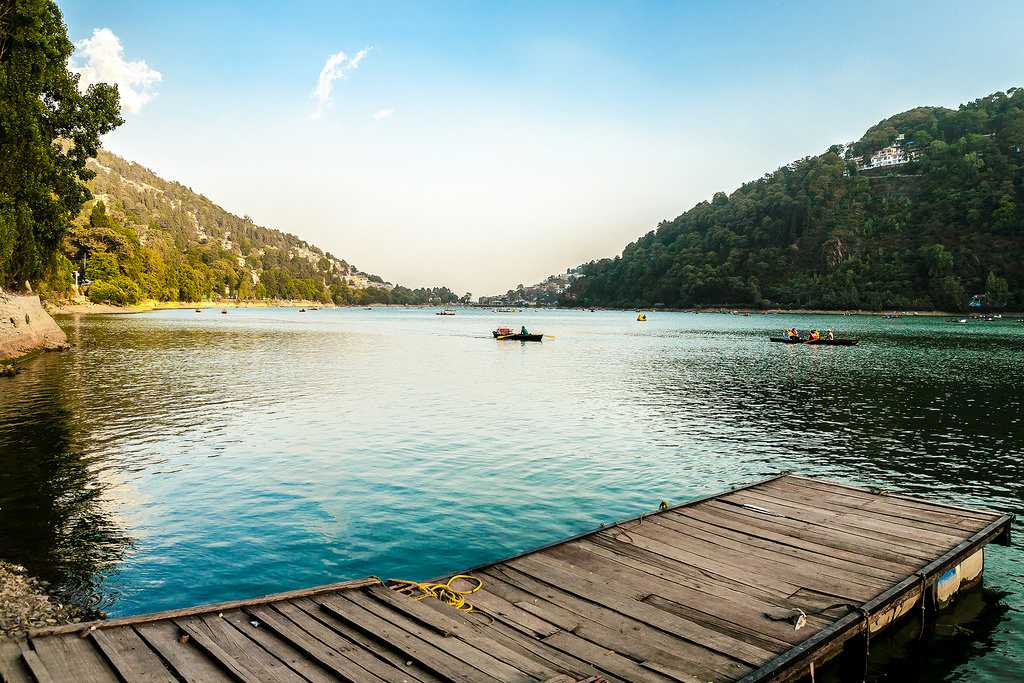JIM CORBETT
Ahem Hello, tribe of adventure seekers and wildlife enthusiasts! Are you ready for an exciting journey into the wild? Buckle up, because we are about to explore the life and adventures of Jim Corbett, the legendary hunter-turned-conservationist who roamed the jungles of India in the early 20th century.
Now, I know what some of you may be thinking. "Hunting? In this day and age? Isn't that just plain cruel?" Fear not, my dear friends. Jim Corbett's story is not just about hunting. It's about a man who found his calling in protecting the very animals he once hunted.
You see, Jim Corbett was born in Nainital, India, in 1875. He spent most of his childhood exploring the forests around his home and wait for it... playing pranks on his siblings! Yes, even legends have a funny bone.
As he grew up, he became an expert hunter and tracker. His fame spread far and wide as he hunted down man-eating tigers and leopards that terrorized villages around him. But Jim had a change of heart after realizing that these animals were not just mindless killers but were forced into attacking humans due to habitat destruction.
So he hung up his hunting boots and became a conservationist, dedicating his life to protecting the very animals he once hunted. And thus began a new chapter in Jim Corbett's life - one that would make him a household name in India and beyond.
So come along with me as we delve deeper into Jim Corbett's fascinating life journey - from being a prankster to becoming one of India's greatest conservationists!
Table of Contents
- Introduction
- History and Culture of Jim Corbett
- How to Reach and getting around Jim Corbett
- Weather of Jim Corbett
- Places to Visit in Jim Corbett
- Food Options and Local Cuisine of Jim Corbett
- Best areas for Accommodation in Jim Corbett
- Shopping in Jim Corbett
- Nightlife in Jim Corbett
- Festivals and Events in Jim Corbett
- Tips for Travelers travelling to Jim Corbett
- FAQs
History and Culture of Jim Corbett
Jim Corbett was a renowned hunter and conservationist who roamed the forests of India during the early 1900s. He was born in Nainital, India, in 1875 and spent most of his early life exploring the dense jungles that surrounded his hometown.
He was a man of many talents and interests, with a passion for photography, writing, and hunting. However, he always maintained a deep respect for wildlife and believed that it was important to preserve their habitats for future generations.
Corbett's most famous contribution to conservation was his efforts to protect the Bengal tiger from extinction. He wrote several books on the subject, including "Man-Eaters of Kumaon," which documented his experiences hunting tigers that had become man-eaters due to injury or old age.
His books were not only informative but also entertaining, written with a wit and humor that made them popular among readers. Corbett's legacy lives on today through the Jim Corbett National Park in Uttarakhand, India, which is home to over 200 tigers and other wildlife species.
Corbett's love of nature extended beyond his work as a conservationist. He was an avid fisherman and would often spend hours on end by the riverbank trying to catch the perfect fish.
Legend has it that he once caught a fish so large that it took him three days to reel it in. This story is still told today by locals who live near the river where Corbett fished.
In conclusion, Jim Corbett was a man ahead of his time who dedicated his life to protecting nature and its inhabitants. His contributions to conservation have left an indelible mark on India's history and culture, and his stories continue to inspire generations of nature lovers around the world.
How to Reach and getting around Jim Corbett
Jim Corbett National Park is one of the most popular wildlife sanctuaries in India. It is located in the Nainital district of Uttarakhand and is home to a vast variety of flora and fauna. Reaching Jim Corbett National Park is quite easy, and there are several ways to do so.
The most convenient way to reach Jim Corbett is by air. The nearest airport is located in Pantnagar, which is around 50 km from the park. From there, you can hire a taxi or take a bus to the park.
Another popular option for reaching Jim Corbett National Park is by train. The nearest railway station is Ramnagar, which is well-connected to major cities like Delhi and Lucknow. From Ramnagar, you can take a taxi or bus to reach the park.
If you prefer road travel, you can drive to Jim Corbett National Park from Delhi or other nearby cities. The park is well-connected by road, and there are several buses and taxis available from major cities.
For those who love adventure and want to explore the area on foot, trekking is also an option. There are several trekking routes that lead to the park, but it requires some effort and preparation.
Lastly, if you want a more luxurious experience, you can opt for a private car or taxi service that offers pick-up and drop-off services from your hotel or airport.
In conclusion, no matter what mode of transportation you choose, reaching Jim Corbett National Park should be a part of every wildlife enthusiast's bucket list.
Weather of Jim Corbett












 Extreme Winters
Extreme Winters Mild Winters
Mild Winters Hot + Dry
Hot + Dry Hot + Humid
Hot + Humid Rainy
Rainy Cool and Pleasant
Cool and PleasantJim Corbett is a popular wildlife destination located in Uttarakhand, India. The weather in Jim Corbett is pleasant and comfortable throughout the year, but the best time to visit Jim Corbett is between November to February when the weather is chilly and dry. During this time, visitors can enjoy exciting jungle safaris and spot tigers, elephants, deer, and other wildlife species.
From March to June, Jim Corbett experiences hot and humid weather with temperatures ranging from 30°C to 40°C. However, this time of year is perfect for bird watching as many migratory birds visit the park during this season. July to October marks the monsoon season in Jim Corbett. Heavy rainfall can cause landslides which can make it difficult to traverse through the park.
If you are planning a trip to Jim Corbett, it's essential to check the weather forecast before finalizing your travel dates. While November to February offers an ideal climate for wildlife enthusiasts, other times of the year may have their own charm. Visitors should also carry appropriate clothing and gear based on the weather conditions during their visit. With its diverse flora and fauna and suitable weather conditions, Jim Corbett offers a memorable experience for visitors all year round.
Places to Visit in Jim Corbett
Dhikala Zone - Dhikala is the most popular zone in Jim Corbett National Park. It is famous for its lush green forests and a wide range of animals, including Royal Bengal Tigers, elephants, leopards, and deer. One can stay in the forest rest house here to experience the wilderness.
Garjia Temple - Garjia temple is located on a small island on the Kosi river. It is a popular tourist spot and has religious importance for locals. The temple's architecture is unique and beautiful, and one can enjoy stunning views of the surrounding mountains from here.
Jim Corbett Museum - The Jim Corbett Museum was once the bungalow of the legendary hunter-turned-conservationist Jim Corbett. It houses his personal belongings, photographs, letters, and hunting equipment. Visitors can learn about his life and work towards wildlife conservation.
Corbett Waterfall - The Corbett Waterfall is a picturesque waterfall located in the outskirts of Jim Corbett National Park. The waterfall's clear water cascading down the rocks creates a serene atmosphere that attracts visitors all year round.
Sitabani Forest Reserve - Sitabani Forest Reserve is known for its diverse flora and fauna, including tigers, leopards, elephants, wild boars, and several species of birds. Visitors can take jeep safaris or trek through this reserve to explore its natural beauty.
Corbett Tiger Reserve - Corbett Tiger Reserve is one of India's oldest tiger reserves and covers an area of over 1,200 square kilometers. It houses more than 200 tigers along with other animals like leopards, elephants, Himalayan black bears, etc.
Bijrani Zone - Bijrani Zone is another popular zone in Jim Corbett National Park known for its diverse wildlife population like tigers, elephants, deer species like barking deer or chital deer along with several bird species.
Kosi River - Kosi River originates from Mohan ranges near Kausani hill station in Uttarakhand state which joins Ramganga river near Nainital district in Uttar Pradesh state which finally merges with Ganga river at Allahabad in Uttar Pradesh state making it an important river system for India's economy contributing to agriculture & tourism.
Jhirna Zone - Jhirna zone is open throughout the year except during monsoons when it remains closed due to safety concerns as it has hilly terrain inside it making it difficult to access during rains but it houses several animal species like tigers & leopards along with rare bird species like crested serpent eagle or red junglefowl.
Durga Devi Zone - Durga Devi zone lies on the northeast part of Jim Corbett National Park covering an area of around 52 square kilometers having dense Sal forest & grasslands with scenic views along with being home to several animal & bird species making it ideal for nature lovers & wildlife enthusiasts alike!
Food Options and Local Cuisine of Jim Corbett
Best areas for accommodation in Jim Corbett
If you're planning a trip to Jim Corbett, finding the right area for accommodation is crucial. The best areas to stay in Jim Corbett are Ramnagar, Dhikuli, and Teda. These areas are close to the national park and offer a range of accommodation options.
Ramnagar: This is the closest town to Jim Corbett National Park and offers a variety of accommodation options for travelers. You can find hotels, resorts, and budget-friendly lodges in this area.
Dhikuli: This area is located on the banks of the Kosi River and offers stunning views of the surrounding mountains. It's also home to some of the best luxury resorts in Jim Corbett National Park.
Teda: Teda is a small village located near Jim Corbett National Park. It's an ideal place for those looking for budget-friendly accommodation options.
If you're looking for luxury accommodation in Jim Corbett, check out Aahana Resort, which offers luxurious villas and cottages with private pools. For budget-friendly options, Corbett Treat Resort is a great choice as it offers comfortable rooms at affordable prices. For hostel-style accommodations, check out Zostel Corbett, which offers dormitory-style rooms with shared bathrooms.
Overall, choosing the right area for your stay in Jim Corbett can make or break your vacation experience. By staying in one of these areas and choosing one of these properties for your accommodation needs, you'll be sure to have an unforgettable trip!
Shopping in Jim Corbett
Jim Corbett, located in the state of Uttarakhand, is not only famous for its national park but also for its markets that offer a variety of items to purchase. The markets are filled with shops selling handmade items, souvenirs, and local products. Here are some things to buy, markets to visit and things to avoid while shopping in Jim Corbett.
Things to Buy
- Handmade jewellery
- Local honey
- Handwoven shawls and scarves
- Wooden handicrafts
Markets to Visit
- Ramnagar Market: This market is famous for its wooden handicrafts and handmade jewellery.
- Mall Road Market: Mall Road is a popular market where one can find a variety of handmade products like shawls, scarves, and locally made honey.
- Garjiya Devi Market: This market is known for its unique collection of souvenirs.
What to Avoid
- Avoid buying animal products like ivory and bones.
- Avoid buying cheap imitations of branded items.
- Avoid buying from unlicensed vendors selling fake or illegal products.
- Avoid buying from shops that don't have price tags on their products.
In conclusion, shopping in Jim Corbett can be a fun experience if you know what to buy and where to go. Remember to avoid purchasing illegal or fake products and always check the price tags before making any purchases.
Nightlife in Jim Corbett
Nightlife in Jim Corbett
Jim Corbett National Park, situated in the foothills of the Himalayas, is a popular destination for wildlife enthusiasts and nature lovers. But, apart from its natural beauty, the park also offers a vibrant nightlife scene. The nearby towns of Ramnagar and Nainital have many bars and nightclubs where you can enjoy drinks and music.
If you are looking for things to do at night in Jim Corbett, there are plenty of options available. Here are three places with activities for spending the night:
Corbett Adventure Resort: This resort offers a range of adventure activities like rock climbing, rappelling, and river crossing during the day. In the evening, you can enjoy a bonfire under the stars and indulge in some indoor games like carrom or pool.
The Hridayesh Spa Wilderness Resort: This luxurious resort offers several activities that will keep you entertained at night. You can relax at their spa or take a dip in their swimming pool under the starry sky. They also organize wildlife safaris and bird watching tours during the day.
The Wild Crest Resort: This eco-friendly resort has several outdoor activities like zip-lining, archery, and cycling that you can enjoy during the day. At night, they arrange cultural shows or musical performances around a bonfire.
In conclusion, Jim Corbett offers a unique nightlife experience that combines adventure with relaxation. Whether you want to explore nature or just unwind with your friends over drinks and music, there is something for everyone here. So pack your bags and head to this beautiful national park for an unforgettable holiday experience!
Outdoor Activities in Jim Corbett
Jim Corbett is not just known for its wildlife but also for its outdoor activities that are sure to thrill adventure enthusiasts. The lush green forests and picturesque landscapes of Jim Corbett offer a plethora of exciting outdoor activities to indulge in. From bird watching to trekking, there is something for everyone in this beautiful destination.
One of the most popular outdoor activities in Jim Corbett is jungle safari, where visitors can explore the flora and fauna of the national park while riding on an open jeep or an elephant. The safari offers a chance to spot tigers, leopards, elephants, deer and other wild animals in their natural habitat.
Another exciting activity to indulge in is river rafting. With the Kosi river flowing through the park, visitors can enjoy a thrilling white water rafting experience amidst the scenic surroundings.
For those who enjoy hiking and trekking, there are several trails that offer stunning views of the Himalayas and surrounding valleys. The trekking trails are perfect for adventure enthusiasts who love to explore nature's beauty by foot.
Apart from these, there are several other outdoor activities such as camping, fishing and bird watching that one can indulge in while visiting Jim Corbett. With so many options available, it's no surprise that Jim Corbett is a popular destination among adventure seekers looking for thrilling experiences amidst nature's beauty.
Festivals and Events in Jim Corbett
Jim Corbett National Park is not just a place for adventure and wildlife enthusiasts. It is also a hub for cultural events and festivals that attract tourists from all over the world. These festivals showcase the local culture, traditions, and customs of the Kumaoni people living in this region.
Here are some of the most popular festivals and events that take place in Jim Corbett National Park:
Ramnagar Ramlila (September/October): This is a ten-day festival that celebrates the victory of good over evil. The festival takes place in Ramnagar, near Jim Corbett National Park. It is one of the oldest Ramlilas in India, and it attracts thousands of visitors every year.
Holi (March): Holi is one of the most colorful festivals celebrated across India. In Jim Corbett, Holi is celebrated with great enthusiasm by locals and tourists alike. People smear each other with colored powder and water to celebrate the arrival of spring.
Diwali (October/November): Diwali is a festival of lights that symbolizes the victory of light over darkness. In Jim Corbett, people decorate their homes with colorful lights and diyas to celebrate this auspicious occasion.
Makar Sankranti (January): Makar Sankranti marks the end of winter and the beginning of spring. In Jim Corbett, people fly colorful kites in the sky to celebrate this festival.
Apart from these festivals, there are also several events that take place throughout the year in Jim Corbett National Park, such as wildlife photography exhibitions, bird watching tours, nature walks, and camping trips.
Overall, these festivals and events add to the charm and diversity of Jim Corbett National Park, making it a must-visit destination for anyone who wants to experience India's rich cultural heritage along with its natural beauty.
Tips for Travelers while travelling to Jim Corbett
- Pack light: Since you'll be travelling to a national park, it's best to pack light. Bring comfortable clothes, sturdy shoes, and a hat to protect you from the sun. Don't forget insect repellent and sunscreen.
- Research the weather: The weather in Jim Corbett can be unpredictable, so make sure you check the forecast before you leave. If it's going to rain, bring a raincoat or umbrella. If it's going to be hot and sunny, make sure you have enough water with you.
- Book your accommodations in advance: Jim Corbett is a popular destination for tourists, especially during peak season. To avoid any last-minute hassles, book your accommodations in advance. You can choose from a variety of options such as resorts, hotels or homestays depending on your budget and preferences.
- Respect the wildlife: Remember that Jim Corbett is a national park and home to many different species of animals. Respect their space and avoid getting too close. Do not litter or feed the animals as it can harm them.
- Participate in local festivals: If you're lucky enough to be in Jim Corbett during one of their festivals or events, take advantage of the opportunity to experience local culture. You can witness traditional dances like Kumaoni and Garhwali which are performed during these festivals.
In conclusion, traveling to Jim Corbett can be an exciting adventure but must be done with respect towards nature & wildlife. Proper research about weather conditions & booking accommodation beforehand will help make your trip hassle-free. Participating in local events will give an insight into its rich cultural heritage that is worth exploring while being respectful towards its surroundings & wild inhabitants.
FAQs
Who was Jim Corbett?
Jim Corbett was a British-Indian hunter, tracker, naturalist, and author. He was born on July 25, 1875, in Nainital, India, and spent most of his life in the forests of the Kumaon region. He is best known for his efforts to protect tigers and other wildlife from poachers.
What is Jim Corbett National Park?
Jim Corbett National Park is a wildlife sanctuary located in the Indian state of Uttarakhand. It was established in 1936 as Hailey National Park and was renamed Jim Corbett National Park in 1957 to honor the contributions of Jim Corbett towards conservation. It is home to numerous species of flora and fauna, including tigers, leopards, elephants, deer, and birds.
What are some famous books written by Jim Corbett?
Jim Corbett wrote several books on wildlife and hunting during his lifetime. Some of his most popular works include "Man-Eaters of Kumaon," "The Temple Tiger," "My India," "Jungle Lore," "The Man-Eating Leopard of Rudraprayag," "Tree Tops," and "The Hunter's Moon."
Why did Jim Corbett hunt man-eating tigers?
Jim Corbett hunted man-eating tigers because they posed a threat to human life. In the early 1900s, many villages in the Kumaon region were terrorized by man-eaters that had developed a taste for human flesh. The British government hired Jim Corbett to track down these animals and put an end to their killing spree.
How did Jim Corbett contribute towards conservation?
Jim Corbett played a crucial role in raising awareness about the need for conservation of wildlife in India. He wrote several books on the subject that highlighted the importance of protecting endangered species such as tigers. He also worked closely with local communities to promote sustainable hunting practices and reduce human-wildlife conflicts.
Did Jim Corbett kill any animals?
Yes, Jim Corbett killed several animals during his hunting expeditions. However, he only hunted animals that posed a threat to human life or were deemed dangerous by local communities. Later in life, he became an ardent conservationist and spoke out against indiscriminate hunting practices.
What is the legacy of Jim Corbett?
Jim Corbett's legacy lies in his contributions towards wildlife conservation in India. His efforts helped establish some of the first national parks and wildlife sanctuaries in India. His writings continue to inspire generations of nature enthusiasts and conservationists around the world. Today, his name is synonymous with tiger conservation efforts in India.
